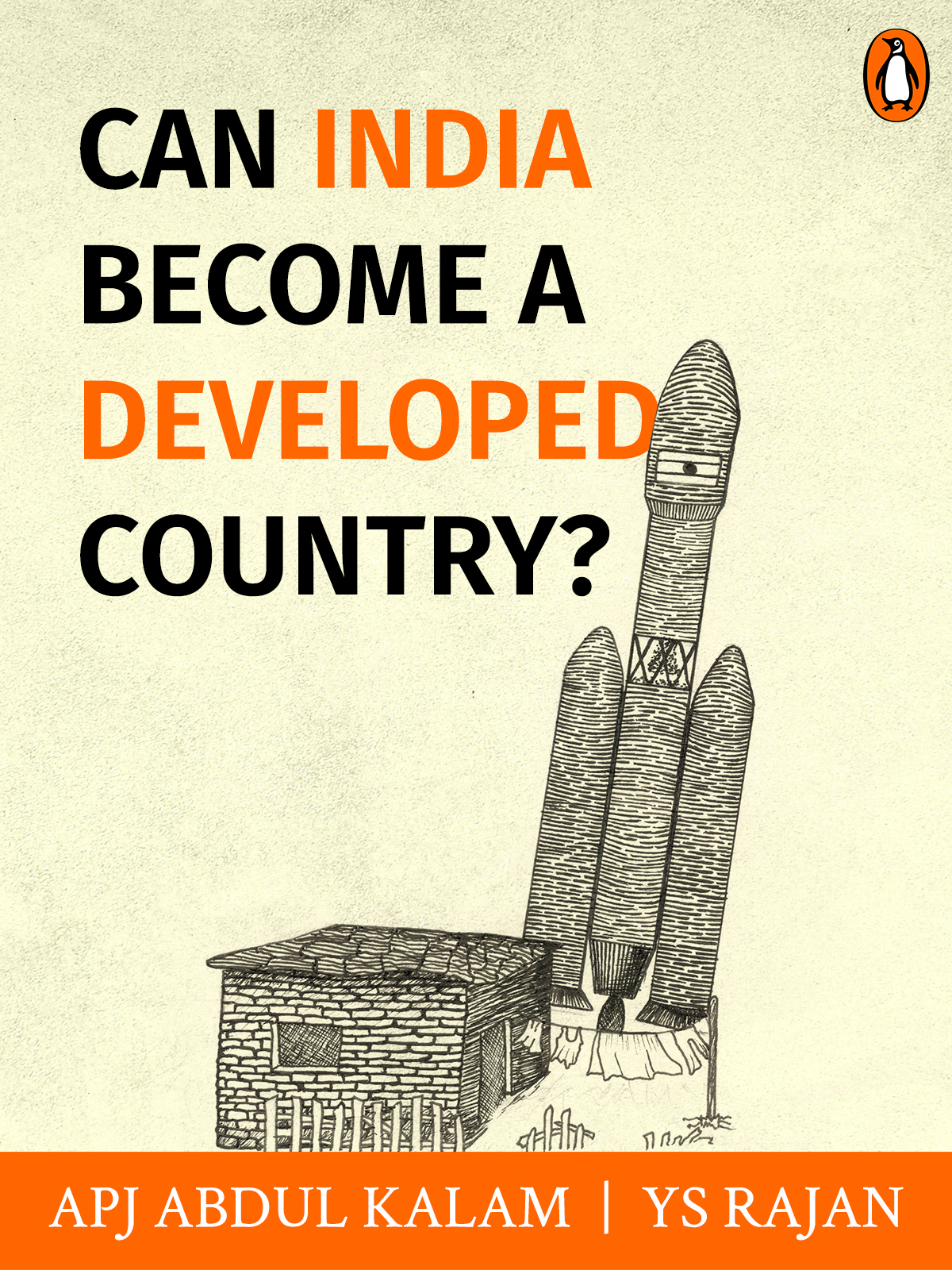
A developed India by 2020, or even earlier, is not a dream.’
What is it that makes a country ‘developed’? Is it the wealth of the nation? The prosperity of its people? Its standing in the international forum?
Economic indicators, although important, only provide a part of the picture. For instance, per capita income can indicate wealth in the hands of people, but everyone doesn’t have the same amount of money.
India’s core strengths are derived from its resources: national and human. It is by optimizing these to the fullest that we can really set out on the path to development. But where does one begin? What does one pay attention to first?
Can India Become a Developed Country? by A.P.J. Abdul Kalam and Y.S. Rajan takes a look at some of the fundamental questions we must ask as a populace to truly see India take its rightful place on the global map.
Imprint: Penguin
Published: Nov/2018
Length : 24 Pages
MRP : ₹15.00
The Constitution of India came into effect on 26th January, 1950. As we celebrate India’s 72nd Republic Day, let’s dig deeper to understand the journey till this day in 1950, and our journey since then. Here is a list of books from various authors, including Abhinav Chandrachud, Ramachandra Guha, Khushwant Singh, Sagarika Ghosh, K.R. Narayanan […]
